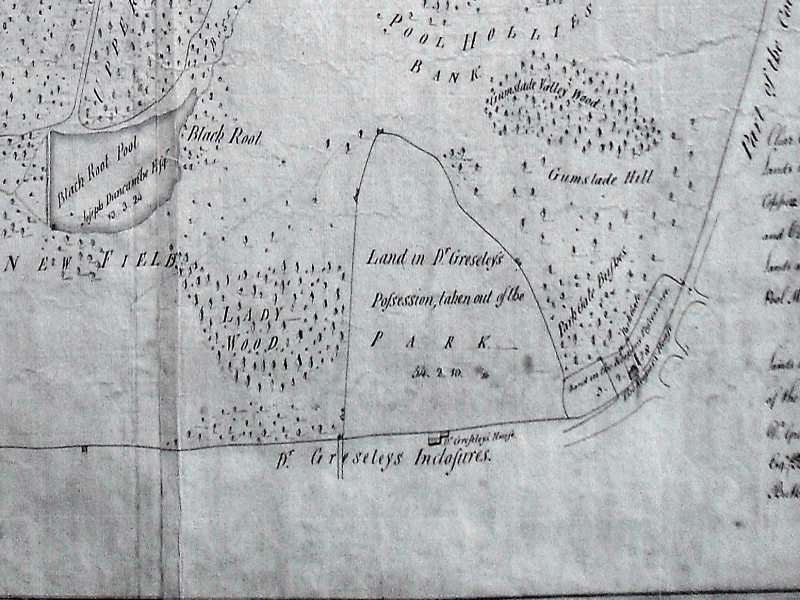The town of Sutton was incorporated in 1528, and one of the assets of the new Corporation was Sutton Park. Much needed to be done in the park to make it productive, so Bishop Vesey provided the capital - it cost him over £100 to fence in the seven woods in the 1530s, to ditch and hedge the park boundary, and to stock the park with horses. Now the people of Sutton could graze their cattle and horses cheaply, while the fences protected the woods from the destructive animals.
Sir William Dugdale, writing in his 1656 Antiquities of Warwickshire says that Bishop Vesey “inclosed all the Coppices called the seaven Heys, and set up gates and locks to them.” Later records show that the Warden and Society could raise large sums of money from the sale of trees as structural timber from Sutton Park, but some of the woods were still being managed as coppices at the end of the eighteenth century.
One of the seven Hays, Holly Hurst, was harvested in 1765, yielding no timber but abundant coppice wood. 316 cords of coal wood were sold for £252/16/- at 16/- a cord (a cord was a pile of logs four feet by four feet by eight feet, and the logs were destined to be converted to charcoal in kilns at the buyer’s works). The bark from the trees sold for £82, to be used in the process of tanning leather, and local people took some of the straighter pieces, described as poles, for £17.
The industrial Revolution created great demand for iron, and for fuel to smelt it. Traditionally charcoal was the fuel used, but the demand for charcoal declined as coke (first used in 1709) became the preferred fuel, so when Darnel Hurst was harvested in 1779 no sales of coppice wood were recorded. The Warden’s Accounts for that year show that timber worth £517 from Darnel Hurst was sold to three different buyers, Mickelwright, Sheasby and Kempson (that year three trees blown down in Streetly Wood were sold for £6, so trees must have been worth £2 each).
The income was not all profit; the workers in Holly Hurst were paid £51/8/2d for felling the trees, while at Darnel Hurst, although the buyers bore the cost of felling, the Warden paid Mr. Josiah Boultbee £25 for “valuing the timber in the Park” - Mr. Boultbee may have commissioned the 1779 map of Sutton Park to help make his valuation. Darnel Hurst needed money spent on it in 1779, as a new fence was required. The Warden received a bill from Thomas Adams for “fencing in Darnel Hurst £40/1/5d.”, from Mr. Sheasby for “posts and rails to fence Darnel Hurst £22/7/6d.”, and from John Wood and other labourers for “work done at Darnel Hurst £15/10/0d.”.
Darnel Hurst, cut in half by the railway in 1879, was still fenced sixty years ago, but now only the ditch and bank remain.

